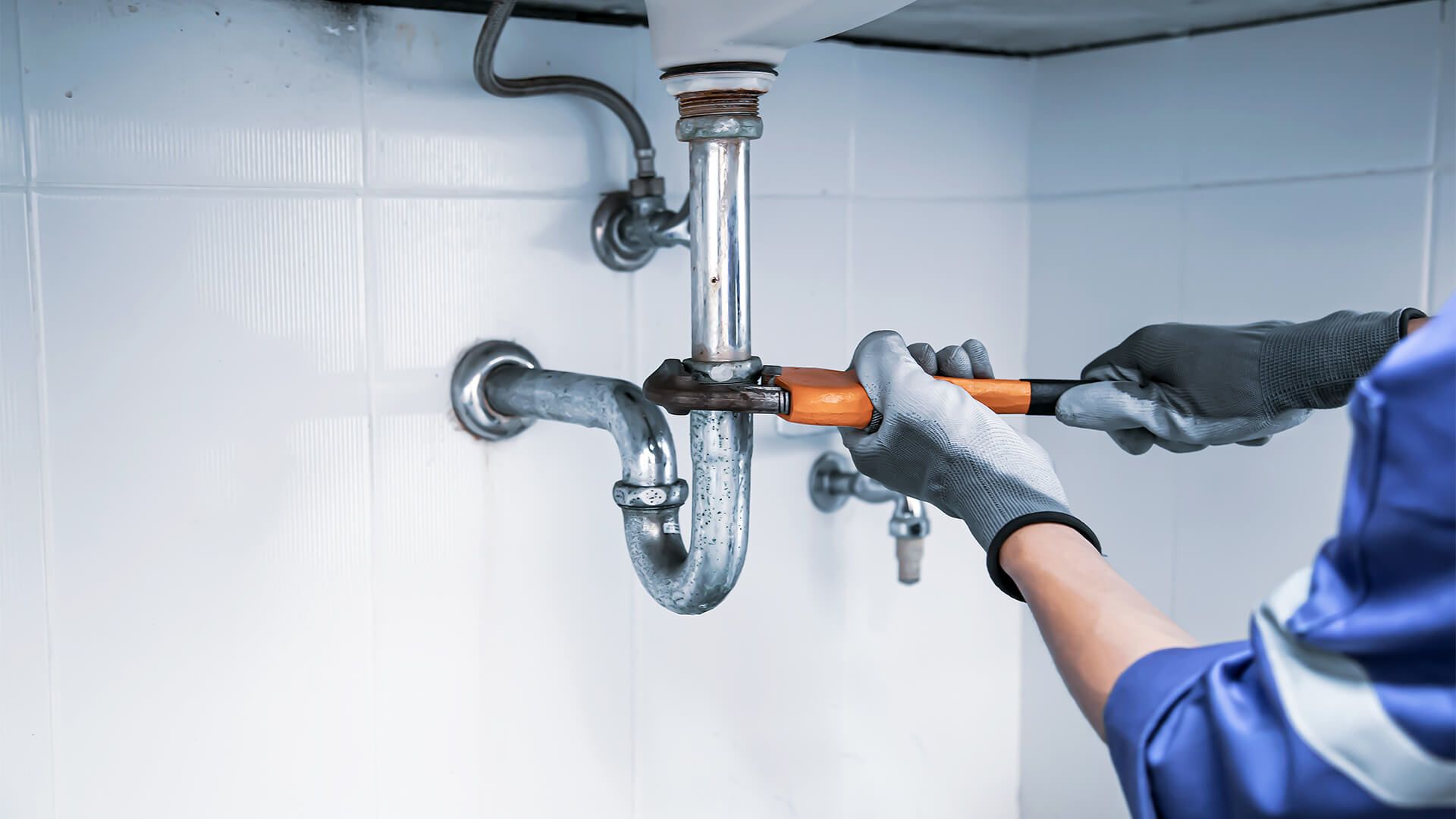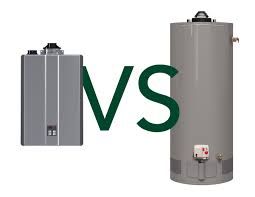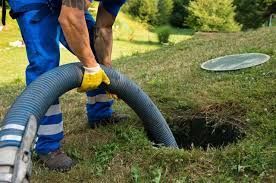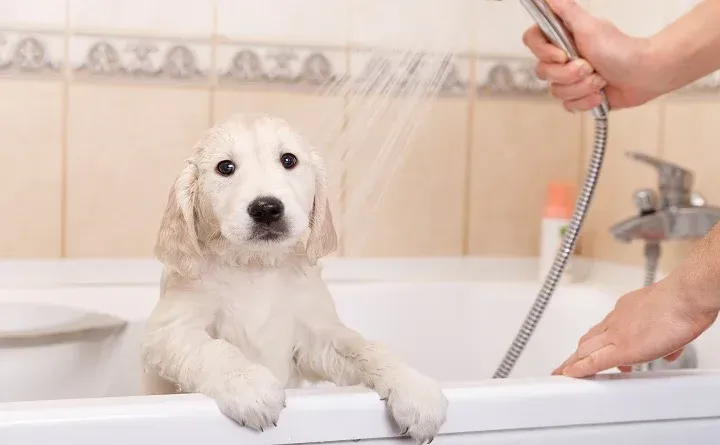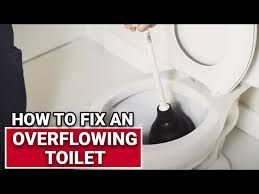Why You Shouldn’t Ignore a Waterline Leak
Waterline leaks may seem like minor issues, but ignoring them can lead to significant problems, including water damage, higher utility bills, and even structural damage to your home. This article highlights why you shouldn’t ignore a waterline leak and provides insight into potential risks, costs, and solutions for repair.
How to Identify and Fix Waterline Corrosion
1. The Hidden Costs of Ignoring a Waterline Leak
Waterline leaks can result in far more than just wasted water. Here are a few potential costs of ignoring the problem:
Higher Water Bills: Even a small leak can lead to hundreds of gallons of wasted water each month. Over time, this can add up to a significant increase in your water bill.
Damage to Property: Water can slowly seep into your home’s foundation, walls, or flooring, leading to mold growth, rot, or structural damage.
Increased Repair Costs: The longer a leak persists, the more costly it becomes to repair. Early detection and fixing can save you from expensive repairs down the line.
2. Health Risks from Mold and Mildew Growth
When a waterline leak goes unnoticed, it creates an ideal environment for mold and mildew growth. These fungi thrive in damp, humid conditions and can cause various health issues such as:
Respiratory Problems: Mold spores in the air can trigger allergies, asthma, or other respiratory issues, especially in children and the elderly.
Musty Odors: The smell of mold can be difficult to get rid of and is a clear sign of a persistent leak.
Preventing mold growth is one of the main reasons why you shouldn’t ignore a waterline leak. Early intervention can help avoid serious health concerns.
3. Structural Damage to Your Home
Waterline leaks can eventually lead to significant structural damage if not addressed. Prolonged water exposure can weaken your home’s foundation, causing:
Cracks in Walls or Ceilings: Water infiltration can cause visible cracks, affecting the stability of walls and ceilings.
Foundation Erosion: Leaking waterlines near the foundation can erode the soil, leading to foundation shifts or cracks.
Fixing the leak early can prevent these structural issues and maintain the integrity of your home.
4. Environmental Impact
Ignoring a waterline leak not only harms your home but also wastes a precious resource—water. With growing concerns about water conservation, it's crucial to prevent unnecessary water loss. Leaks can waste thousands of gallons of water, contributing to water scarcity and environmental degradation.
5. What Causes Waterline Leaks?
Several factors can lead to a waterline leak:
Corrosion: Over time, pipes can corrode, especially if you have older plumbing made from materials prone to rust.
Tree Roots: Roots from nearby trees can intrude on waterlines, causing breaks or cracks.
High Water Pressure: Excessive water pressure can stress pipes, leading to small leaks that worsen over time.
6. How to Detect a Waterline Leak Early
Early detection is key to preventing major damage. Here are some ways to identify a potential waterline leak:
Unexplained Water Bill Increase: A sudden spike in your water bill could indicate a hidden leak.
Water Stains or Dampness: Discolored patches on walls or floors may signal water seeping through.
Low Water Pressure: A drop in water pressure might mean there’s a leak in your waterline.
Water Meter Test: Turn off all water appliances and check your water meter. If it’s still moving, you likely have a leak.
7. Solutions for Fixing Waterline Leaks
If you suspect a waterline leak, addressing it promptly is crucial. Here are a few potential solutions:
DIY Patching: Small, accessible leaks can sometimes be patched using pipe repair kits available at hardware stores.
Professional Plumbing Services: For more complex or hidden leaks, hiring a licensed plumber is essential. They can assess the damage, identify the leak source, and provide long-term repair options.
Trenchless Pipe Repair: In cases where replacing the waterline is necessary, trenchless pipe repair is a less invasive and cost-effective solution.
Conclusion
Ignoring a waterline leak can have severe consequences for your home, health, and finances. From skyrocketing water bills to structural damage and mold growth, the risks of leaving a leak unresolved are far greater than the effort of addressing it promptly. By acting quickly and seeking professional help, you can protect your home, conserve water, and save on long-term repair costs.

